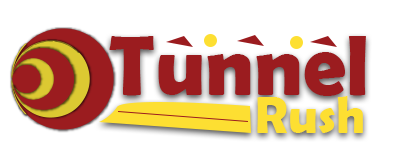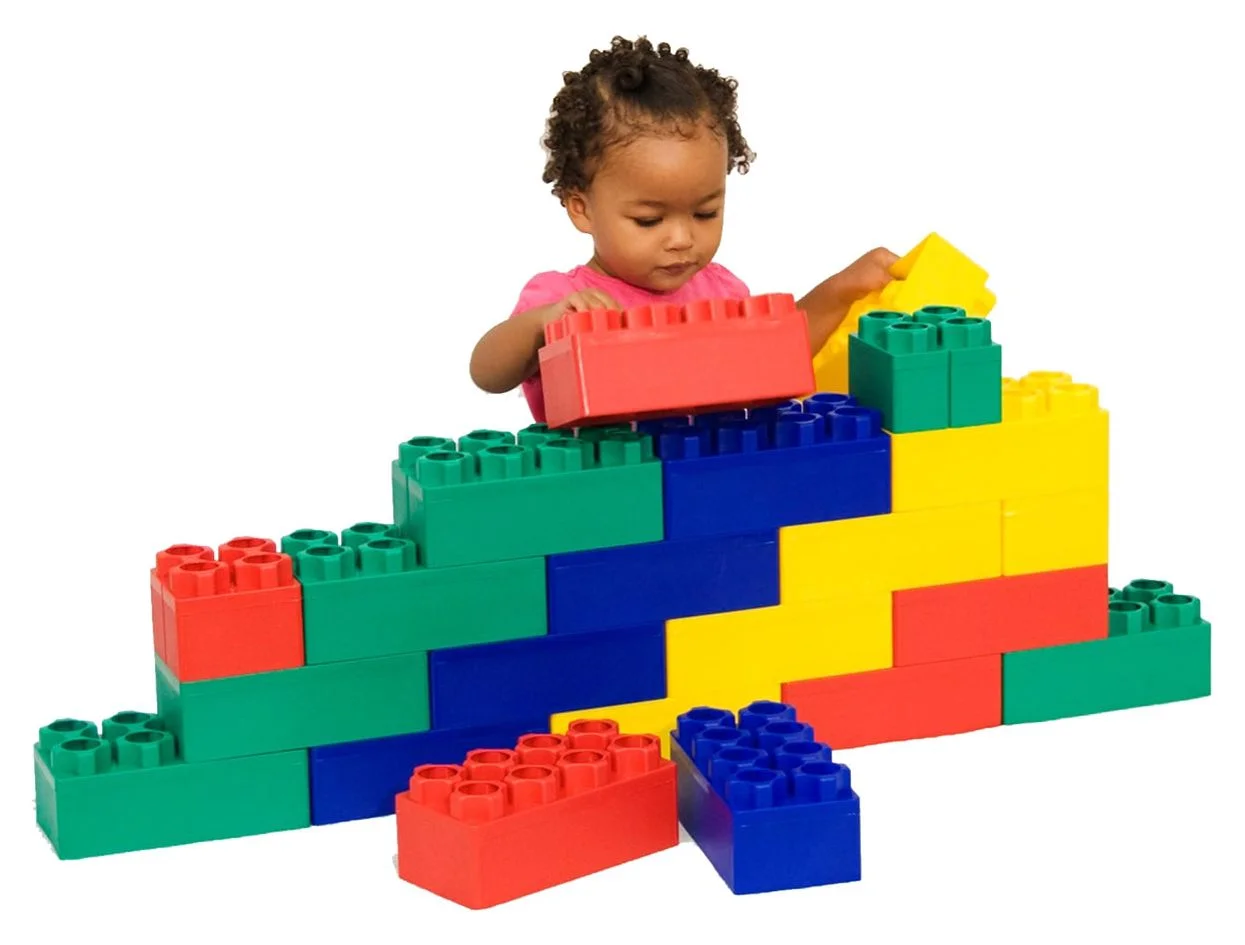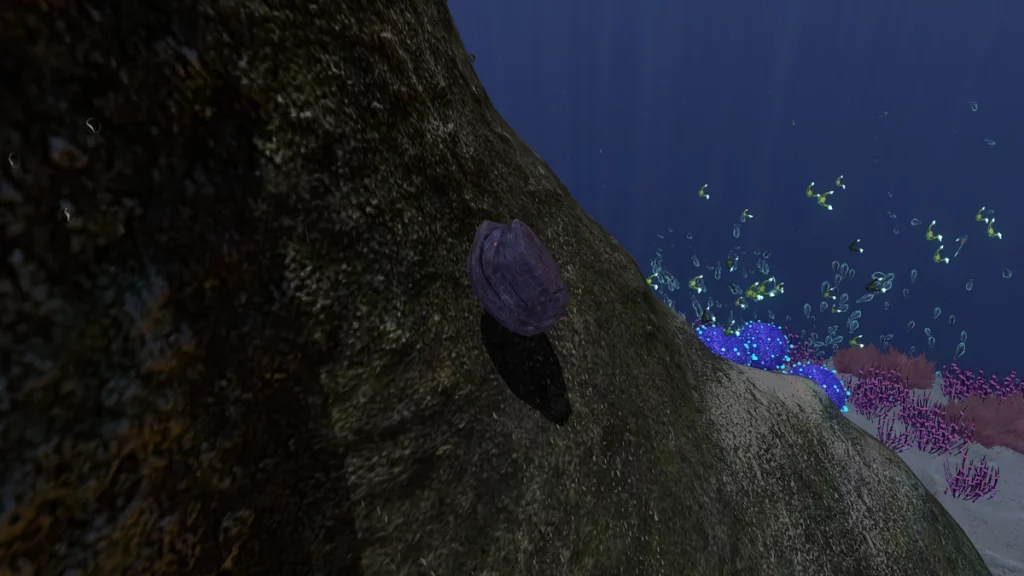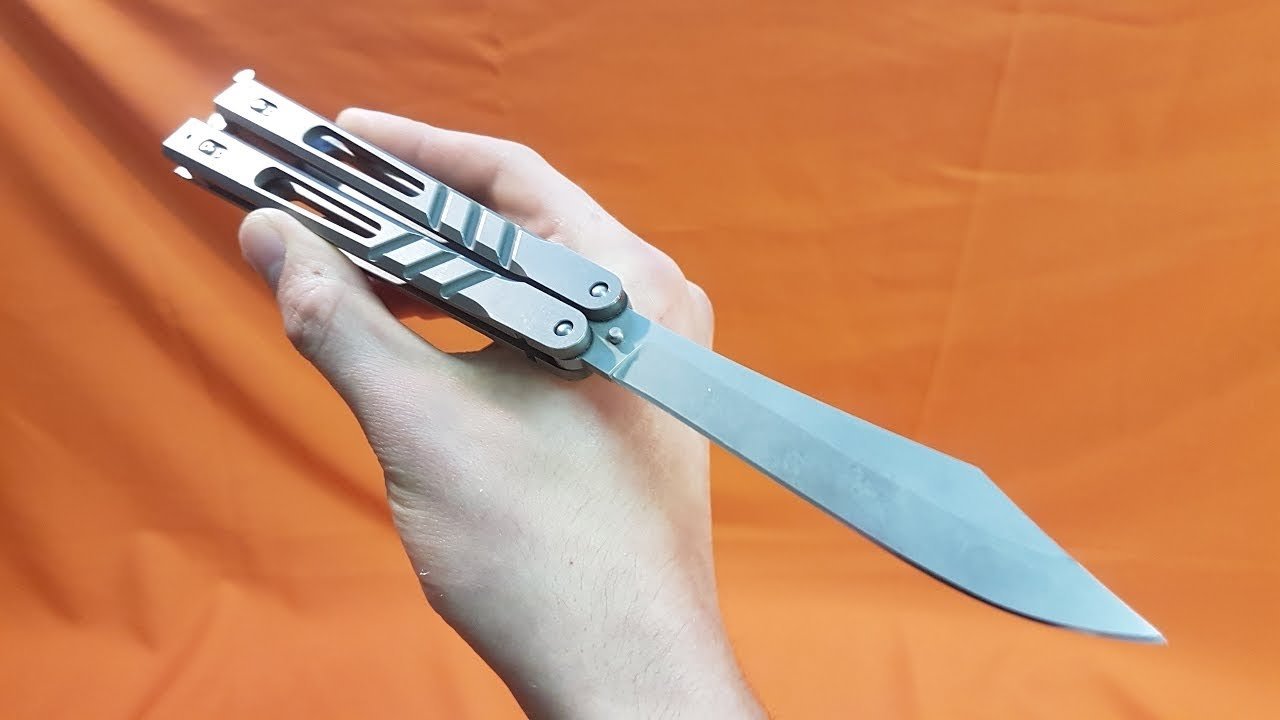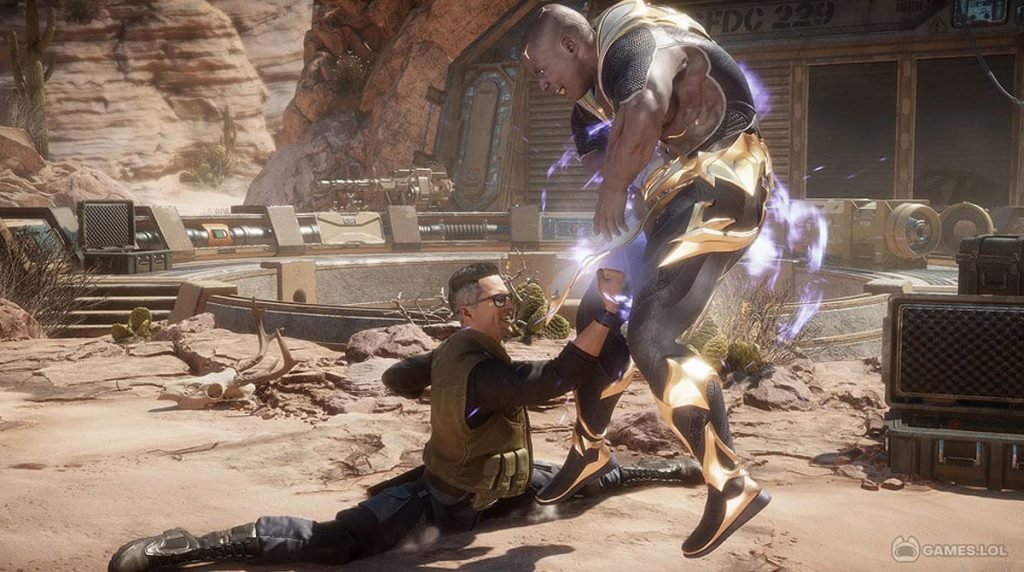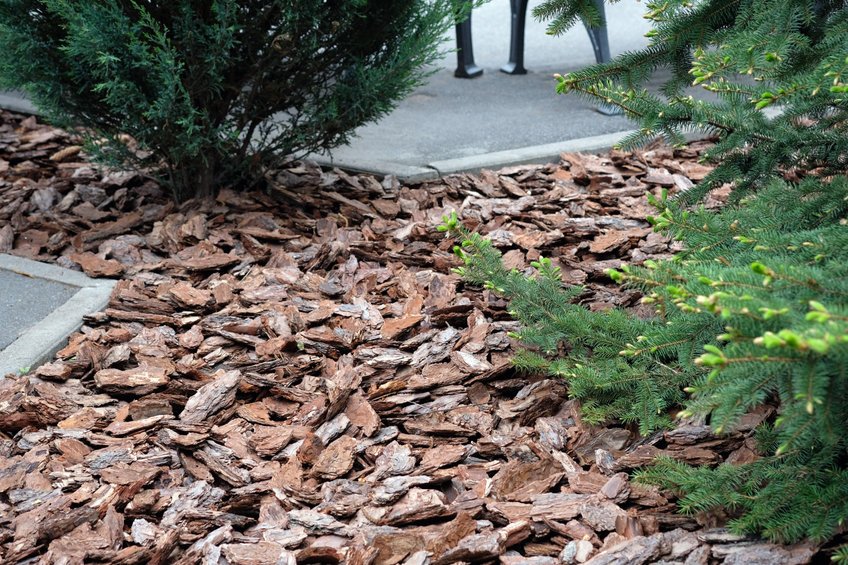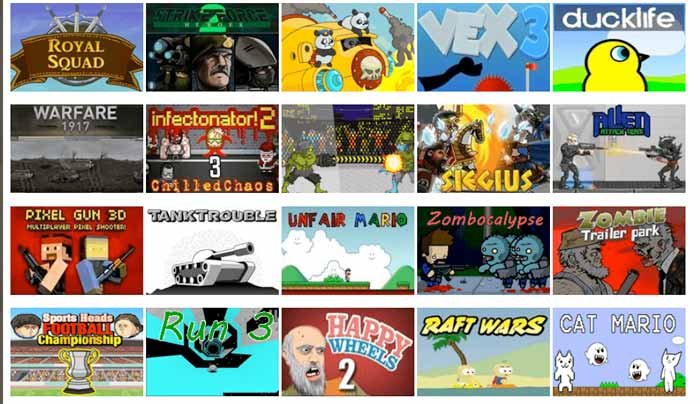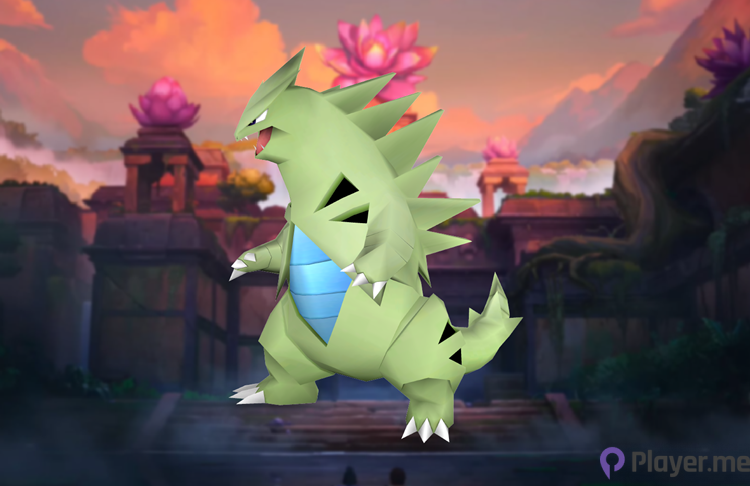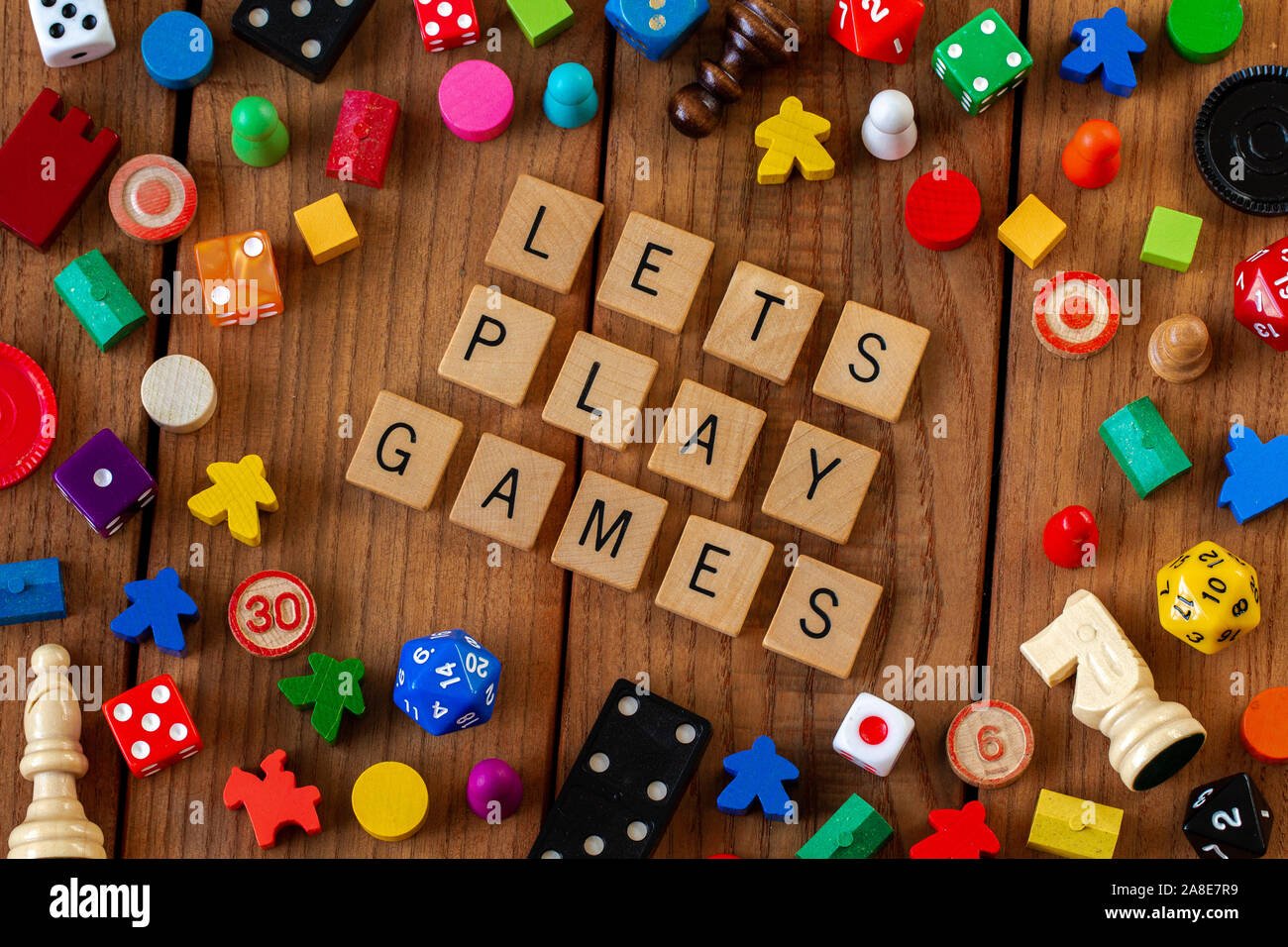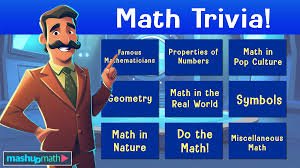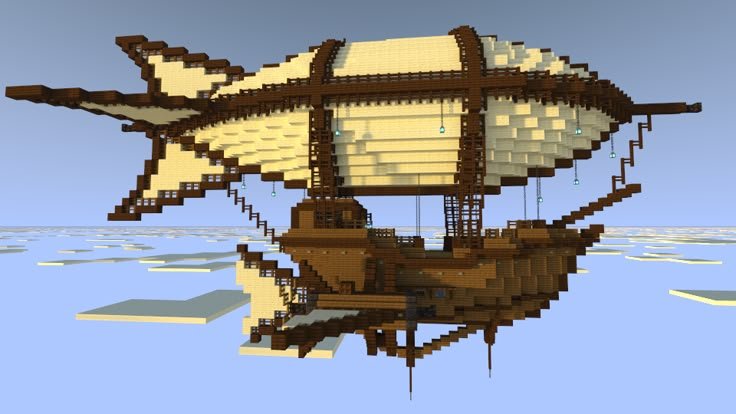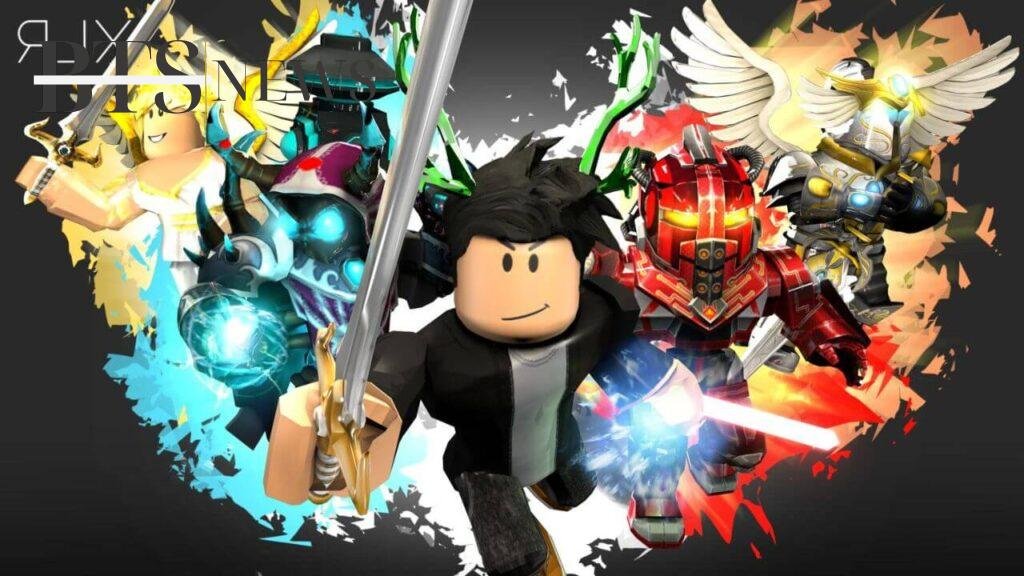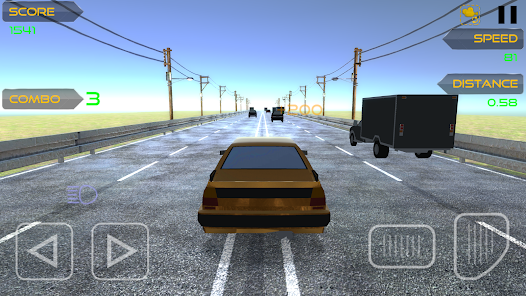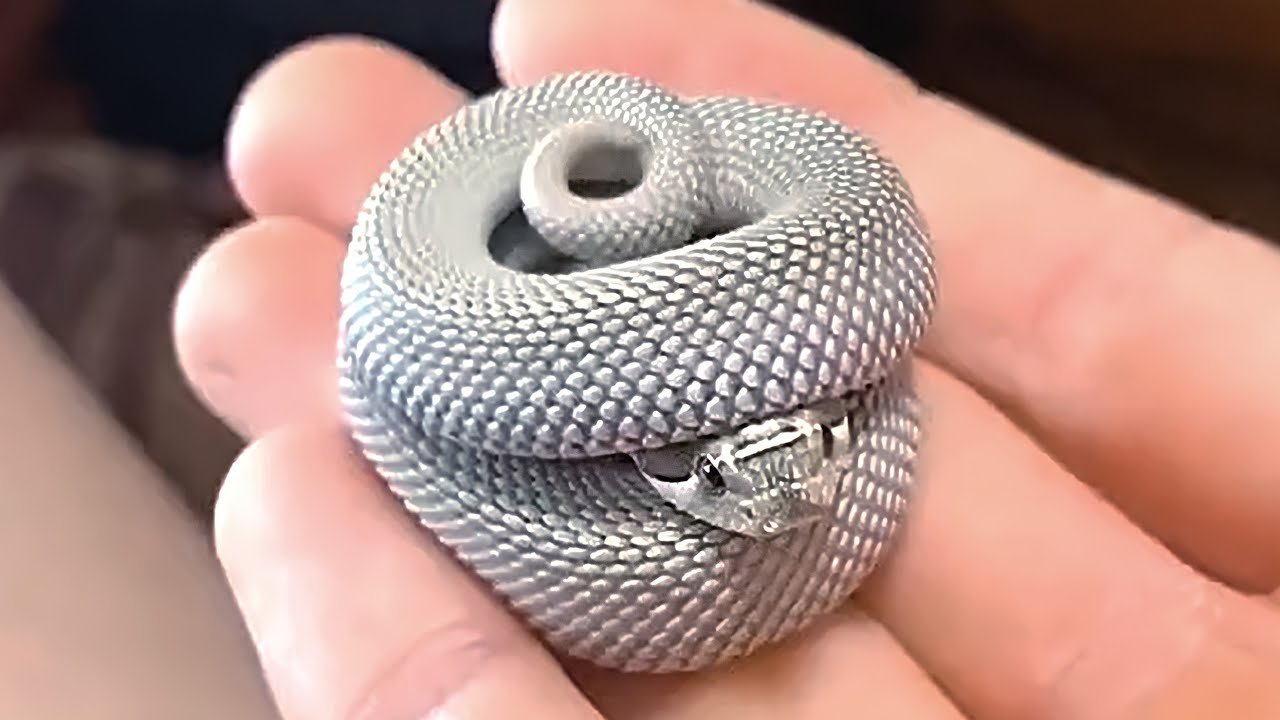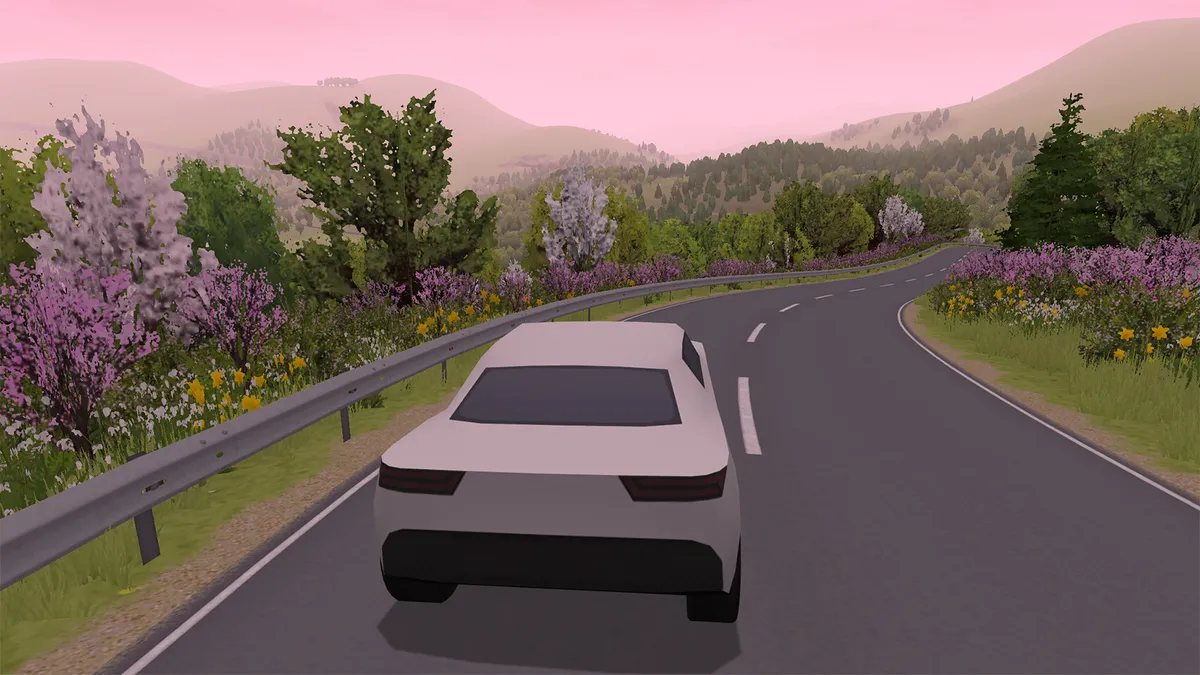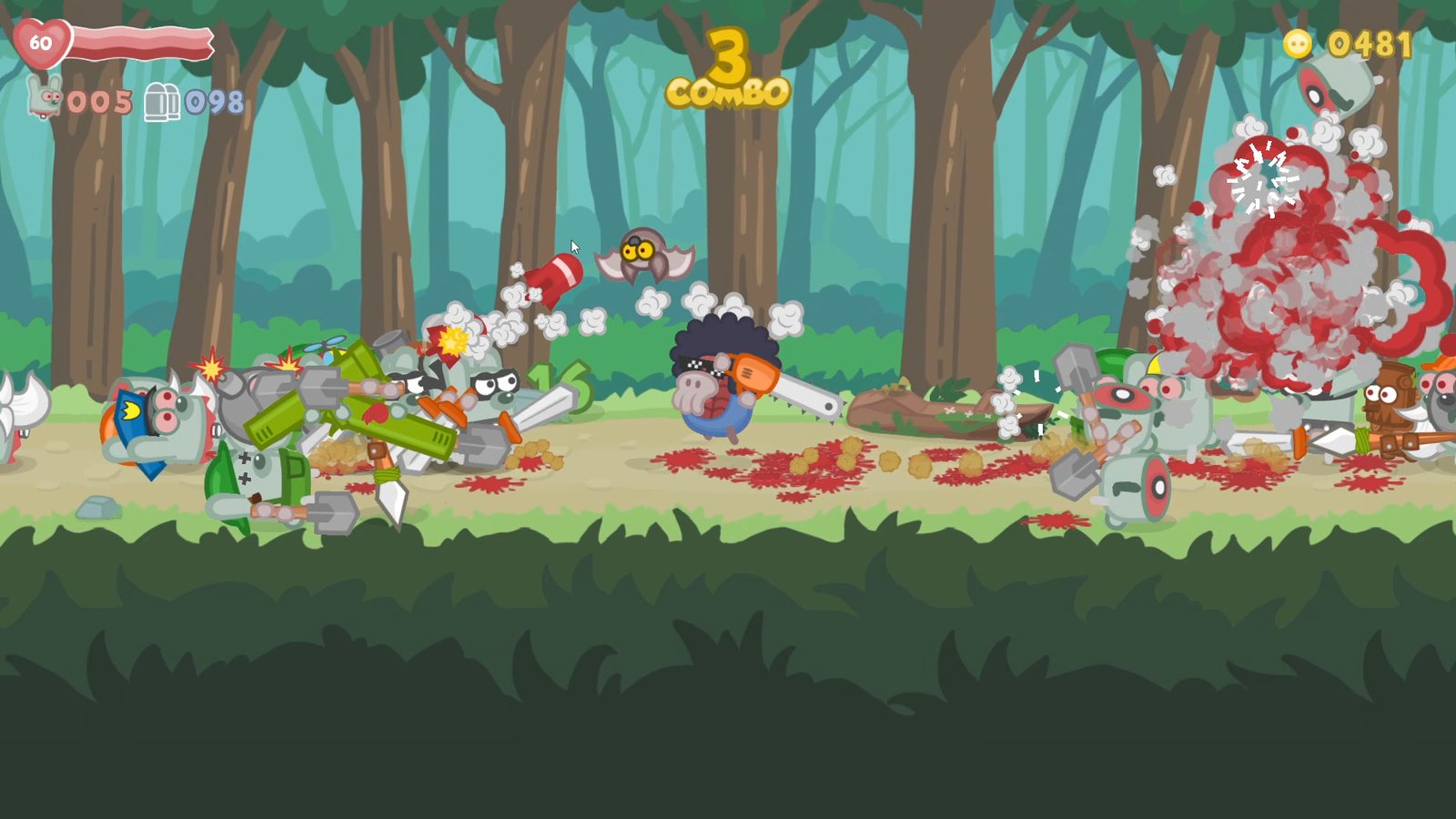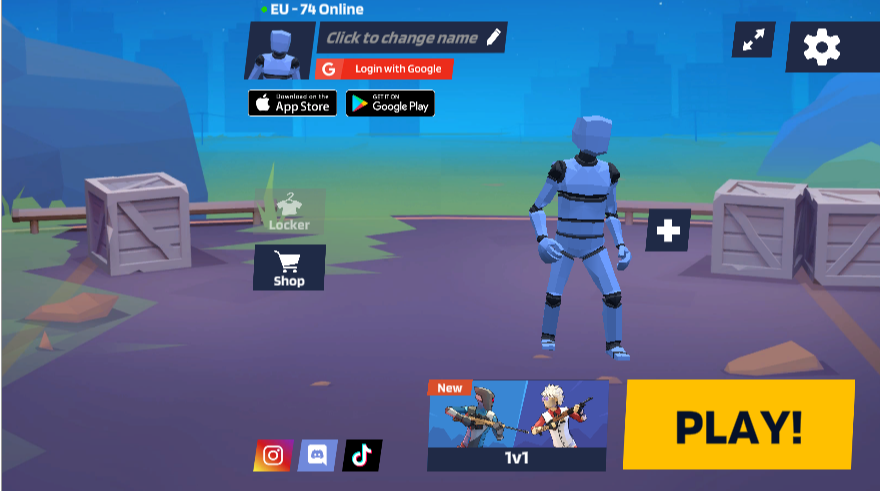When we think of building blocks, our minds often drift to toddlers stacking colorful cubes or preschoolers creating towers. But what about the bigger kids? Big kid blocks are the ultimate answer for older children, teens, and even adults who want to engage in creative play, problem-solving, and imaginative construction. In this article, we’ll dive into the world of big kid blocks, exploring their appeal, benefits, and the variety of options available.
What Are Big Kid Blocks?
Big kid blocks are construction toys designed for older children and beyond. They’re larger than traditional building blocks yet versatile and challenging enough to keep bigger kids entertained.
Not Just for Little Ones
While building blocks are commonly associated with young kids, the concept has evolved. Big kid blocks cater to the needs of older age groups by providing more complexity, durability, and adaptability. These blocks allow for advanced projects and encourage critical thinking, teamwork, and creativity.
Designed for Durability
Unlike traditional small-scale blocks, big kid blocks are often made from sturdy materials like heavy-duty plastic, wood, or foam. This makes them perfect for large-scale projects, outdoor play, and long-term use. They’re built to withstand rough handling, ensuring they can handle even the most enthusiastic builders.
A Variety of Styles
Big kid blocks come in an array of styles to suit different interests. From modular systems that snap together to life-size blocks that can build entire forts, there’s something for every budding architect or engineer. Some popular options include:
- Interlocking foam blocks for soft, safe play.
- Wooden planks for realistic structures.
- LEGO® Technic-style sets for intricate mechanical builds.
The Benefits of Big Kid Blocks
Why should older kids and even adults pick up big kid blocks? Beyond just fun, these construction toys offer a wealth of benefits that extend into various aspects of development.
1. Encouraging Creativity
Big kid blocks provide a canvas for imagination. Builders can create anything from towering skyscrapers to intricate bridges or whimsical castles. The possibilities are endless.
- Open-Ended Play: Without rigid instructions, these blocks allow builders to experiment and innovate.
- Personal Expression: Each creation reflects the builder’s unique ideas and vision.
- Improved Artistic Skills: Designing structures enhances spatial awareness and artistic sensibilities.

2. Developing Problem-Solving Skills
Constructing with big kid blocks involves overcoming challenges, whether it’s figuring out how to balance a tall structure or ensuring stability in a bridge.
- Critical Thinking: Builders must plan and troubleshoot as they go.
- Engineering Concepts: Kids learn the basics of weight distribution, tension, and leverage.
- Patience and Perseverance: Trial and error teaches persistence and resilience.
3. Fostering Social Interaction
Big kid blocks aren’t just for solo play. They’re great for group activities, encouraging teamwork and communication.
- Collaborative Building: Friends and siblings can work together on large projects.
- Role-Playing: Kids can create settings for imaginative games and scenarios.
- Community Events: Giant block-building activities are increasingly popular in schools and community centers.
Types of Big Kid Blocks
Big kid blocks come in a variety of forms to suit different interests, skill levels, and budgets. Let’s take a closer look at some of the most popular types.
1. Life-Size Foam Blocks
These oversized foam blocks are lightweight, safe, and perfect for large-scale creations. They’re ideal for younger big kids who want to build forts, mazes, or obstacle courses.
- Features: Soft, interlocking pieces in bright colors.
- Best For: Indoor or outdoor play and group activities.
- Pros: Safe for all ages, easy to clean, and highly durable.
2. Wooden Planks
Wooden planks are simple yet incredibly versatile. They’re perfect for creating intricate structures and learning about balance and stability.
- Features: Smooth, rectangular planks in uniform sizes.
- Best For: Creative, precise builders.
- Pros: Encourages focus, eco-friendly materials, and long-lasting.
3. Advanced Modular Systems
For those who love a challenge, modular systems like LEGO® Technic or K’NEX® offer endless possibilities. These sets often include gears, pulleys, and motors for mechanical builds.
- Features: Interlocking pieces with specialized components.
- Best For: Teens and older kids with an interest in engineering or robotics.
- Pros: Enhances STEM skills, highly detailed, and compatible with other sets.
Creative Ideas for Big Kid Block Projects
Stuck on what to build? Here are some exciting ideas to inspire your next big kid block masterpiece.
1. Giant Forts
Transform your living room or backyard into a fortress! Use foam blocks to create walls, towers, and even secret passageways.
- Pro Tip: Add blankets or sheets for roofs and create a cozy hideout.
- Challenges: Ensure stability so your fort doesn’t collapse during use.
2. Bridges and Tunnels
Test your engineering skills by building bridges and tunnels. This project is especially fun with wooden planks or modular systems.
- Learning Opportunity: Experiment with different designs to see what holds the most weight.
- Interactive Play: Use toy cars or trains to test your structures.
3. Functional Furniture
For the ultimate challenge, try creating functional furniture like a chair or table using large blocks. This is a great way to blend creativity with practicality.
- Safety First: Make sure your furniture is stable enough to use.
- Add-Ons: Decorate your creation with pillows or fabrics for extra flair.
How to Get Started with Big Kid Blocks
If you’re ready to dive into the world of big kid blocks, here are some tips to help you get started.
Step 1: Choose the Right Blocks
Consider the age, interests, and skill level of the builder. For younger kids, foam blocks are a great choice, while older kids might prefer modular systems or wooden planks.
Step 2: Set Up a Building Space
Designate a space for block play, whether it’s a corner of a room, a backyard, or a playroom. Make sure there’s enough room for large projects.
Step 3: Encourage Experimentation
Let builders explore freely without worrying about making mistakes. Encourage them to try new ideas and push the limits of their creativity.
Conclusion: Why Big Kid Blocks Are Worth It
Big kid blocks offer endless opportunities for fun, learning, and creativity. Whether you’re building a towering fort, designing intricate machines, or just stacking for fun, these blocks are a fantastic investment for kids and adults alike. So grab a set, gather some friends or family, and start building your way to endless adventures!
